Another beautiful sunrise, this time at Niagara Falls. We signed up for a walking tour at 8am… we had the whole city to ourselves, and learned that it’s impossible to get fed before this time. Bizarre for us early risers!!!
Our walking tour started with all the stats and basic history of Niagara Falls. There are actually 3 separate falls – the American Falls and Bridal Veil Falls on the American side, separated by Goat Island (named after a previous cranky inhabitant) from Horseshoe or Canadian Falls in Canada .
Over 90% of the water goes over Horseshoe Falls, dropping 178 feet with a pool underneath of 184 feetn. The water flows at 109 km/hour and 2800 tonnes/ second. It’s the most volume of water of any falls in the world. The water beneath freezes in winter, the falls don’t.
The Rainbow Bridge between the US and Canada was built in 1941, after the previous bridge ‘The Honeymoon Bridge’ (referencing the honeymoon capital of the world) collapsed under the weight of ice in 1938. It was only just above the water, and in that particular year there was 13-14m of ice.
The earliest Niagara daredevils were the tightrope walkers – the Funambulists. The first was Jean Francois Blondin in 1858, a French acrobat who went on to cross over 300 times. He was followed by many people trying increasingly bizarre activities… blindfolded, handstands, somersaults, cooking, chairs, carrying a washing machine. It was banned for many years, before Nik Wallenda was granted special permission to walk over the Horseshoe Falls in 2012.
The Falls attract up to 16 million visitors a year to a town of 90,000 people making it the #1 tourist attraction in Canada. Canada has done a relatively good job of protecting the foreshore with the formation of the Niagara Parks Commission in 1884. At the time there were hotels, brothels and pubs along the foreshore, and visitors had to pay to look at the falls through peep holes. These were bought up and demolished to make way for parkland. It’s a not-for-profit rather than government owned so seems to allow more commercial ventures (eg ziplining, furniculars) than you’d expect. Individuals have also donated land over the years for public use, such as Oaks park that guaranteed views from our hotel.
The tour boats have only just started for the year from the Canadian side, and are yet to start on the American side. It’s normally the end of April, so we’re pretty fortunate to have been able to do it. Up close the power, force and noise of the Falls is incredible. The boat took us up to the American and Canadian falls. It’s hard to fathom and describe. It would be quite a job to be driving a boat in and out all day!
Up close it’s also unbelievably windy and wet… red ponchos aren’t just stylish, they’re essential 😂
The falls have been lit up at night since 1860, with the only pause during WWII. Since 2002 10,000 LED lights have cast colour across the falls, providing an ever changing light show and acknowledging moments in history.
The area also acknowledges Nikola Tesla, who invented the use of alternating current as an efficient system for delivering power, and whose inventions harnessed the force of Niagara Falls.
The Horseshoe Falls are majestic from a distance, and mesmerising close up. It’s such a massive volume of clear crisp deep water that flows relentlessly over the edge.
Our guide spoke about the ‘Barrel people’ who sought notoriety by going over the falls in a barrel or similar – 15 have attempted it, and 10 have survived. The first to survive was Annie Edson Taylor, a 63 year old schoolteacher who thought it would bring fame and fortune for her retirement, but was so traumatised by the experience that she wasn’t able to speak about it. The second person, Bobby Leech in 1911, had injuries that left him in hospital for 6 months but was smart enough to have it filmed. Since then, there are stories of a kayaker (died), a JetSki rider with a parachute (died), and an accidental 7 year old in a life jacket (survived). Thankfully and unsurprisingly it’s now illegal to try.
The Journey Behind the Falls is a series of tunnels and open cave entrances and an observation deck about 40m from the top of the falls. Standing at cave entrances helps you appreciate the power of the water as it crashes past. It’s also reminiscent of a decent 3pm storm according to Andrew.
The observation deck was a small wooden hut beside the falls to give some shelter from the water. By chance there’s a drop of water in the middle of my photo… a reminder that no matter how massive the falls are, it’s millions of little drops that come together to create an impact.
The river has massive capacity to generate power. Early stations were near the Falls, however in 2013 the Niagara Tunnel was commissioned to take water 10km to a hydroelectric plants in Queenston. Each night between 9pm and 8am water is diverted through 12m tunnels, reducing the rate of water flow over the falls by 50%. Between November to March the flow is reduced to about 25%. We looked overnight… doesn’t appear to make any visible difference!
It’s taper time and there are still runs to be done. The beauty of cool weather is the ability to head out in the early afternoon without melting! I ran up past the falls to get some perspective on the river that leads to them. Well maintained paths take you past little creeks that flow in to the river, and the old power plant that has been repurposed as the Museum of Power. The river is incredibly fast flowing with significant rapids over rocks, and areas of calm in between. If you didn’t know the falls were down the way it would be tempting to drop a kayak in 🙂
My run was pretty, and also unexpectedly hazardous… rogue geese and the promise of coyotes seemed to get a lot more attention than the completely unfenced body of water that would tip me over the falls about 200m downstream. *May* result in drowning???
We ventured up to Niagara-on-the-Lake based on many recommendations – nicknamed the Loveliest Town in Canada. It’s a little town on the edge of Lake Ontario that has harnessed its history and colonial style buildings to keep it on the map so close to the Falls. It was the first capital of Upper Canada, the predecessor to Ontario, and claims the oldest surviving golf course in North America.
It’s been a massive day so we’re ready for a good sleep before we turn the car towards Boston!
Love M and theGrady
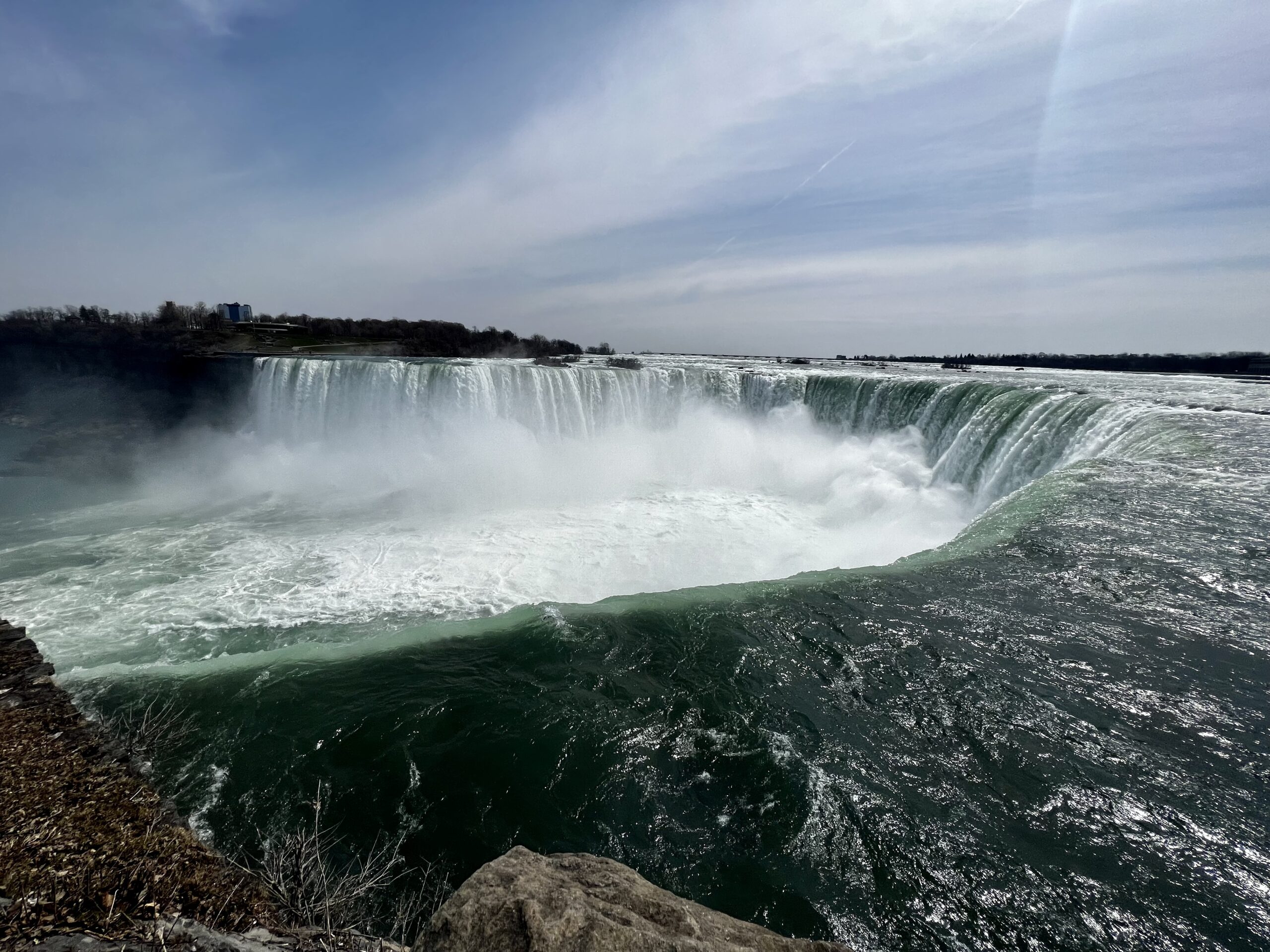
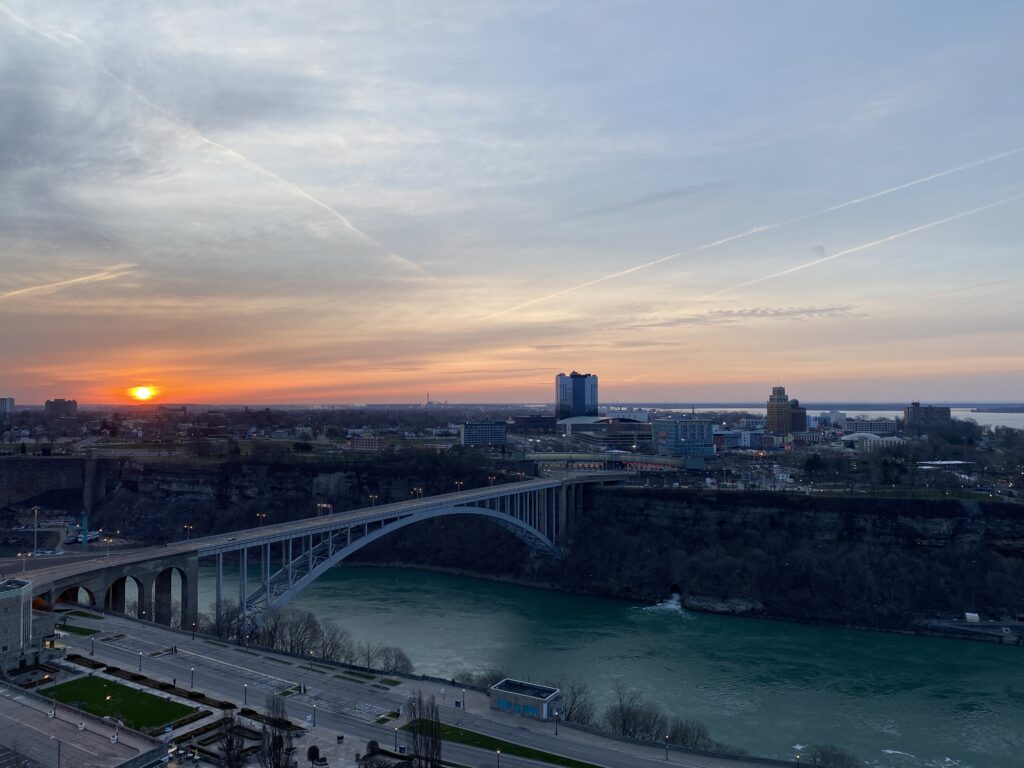
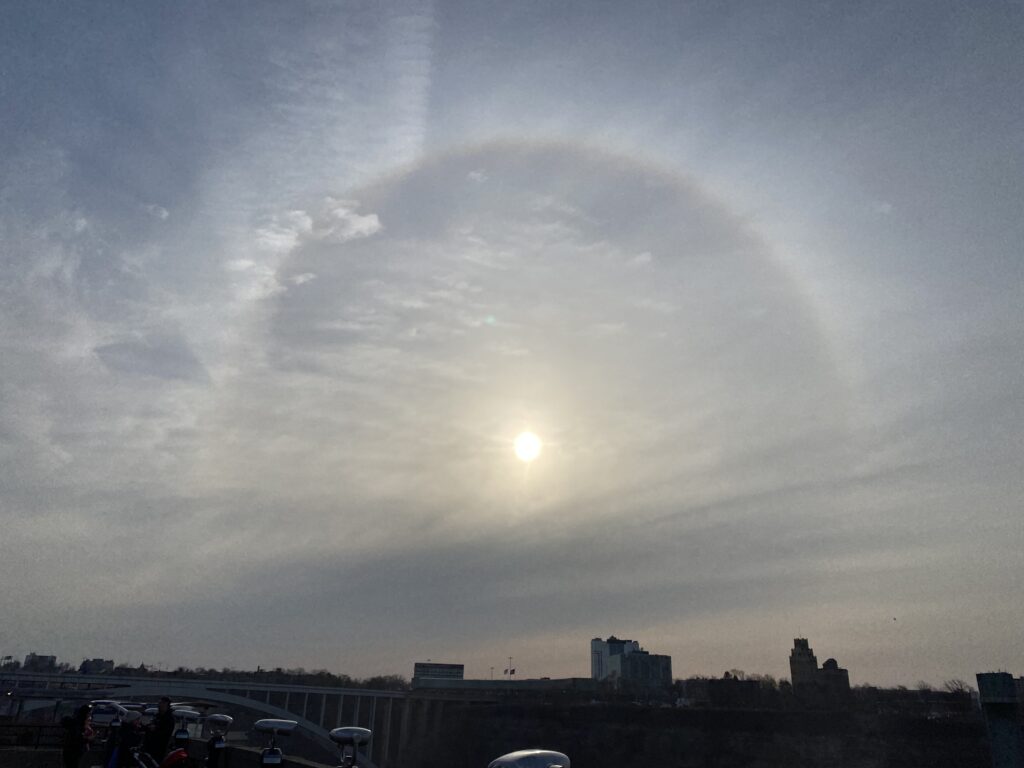
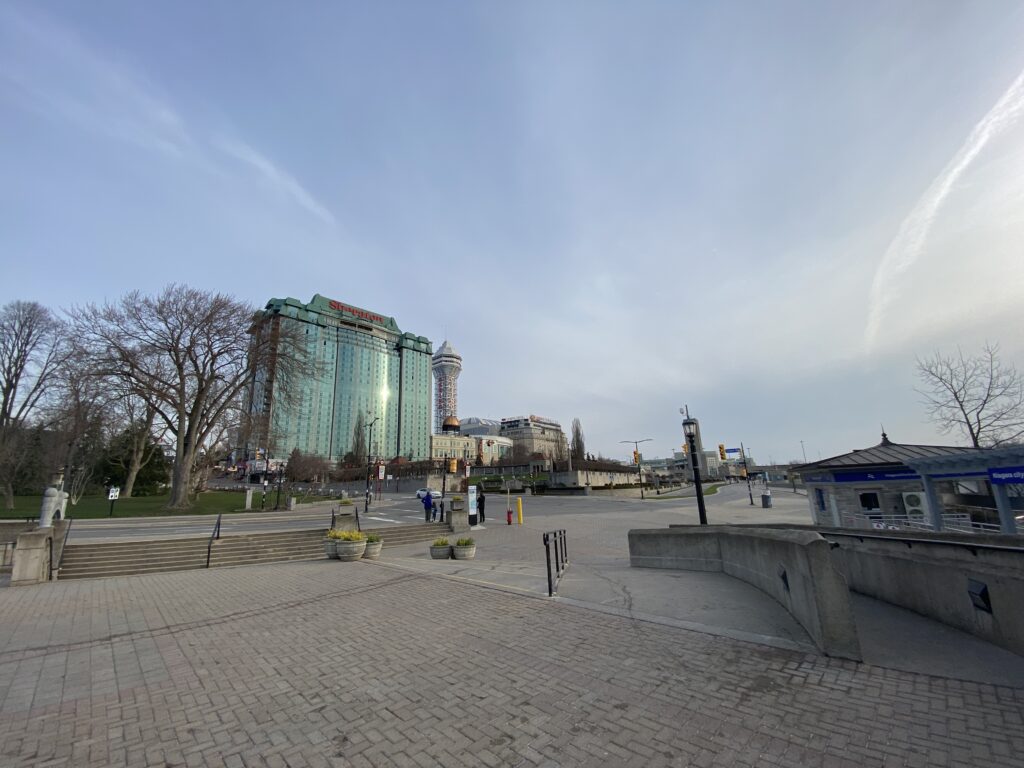
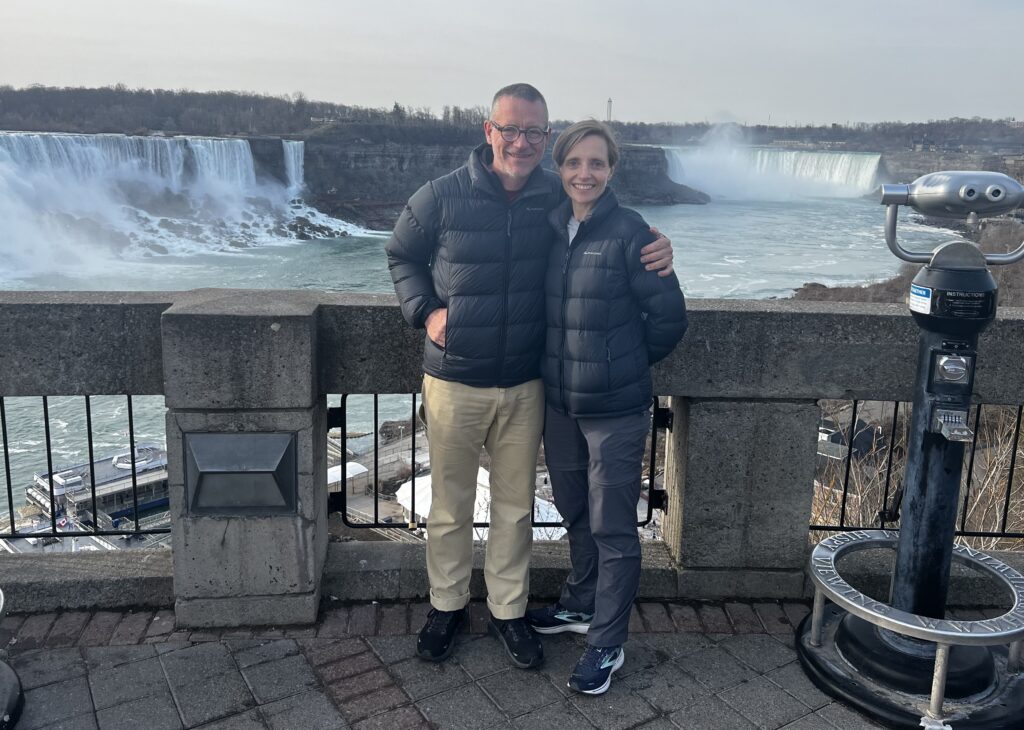
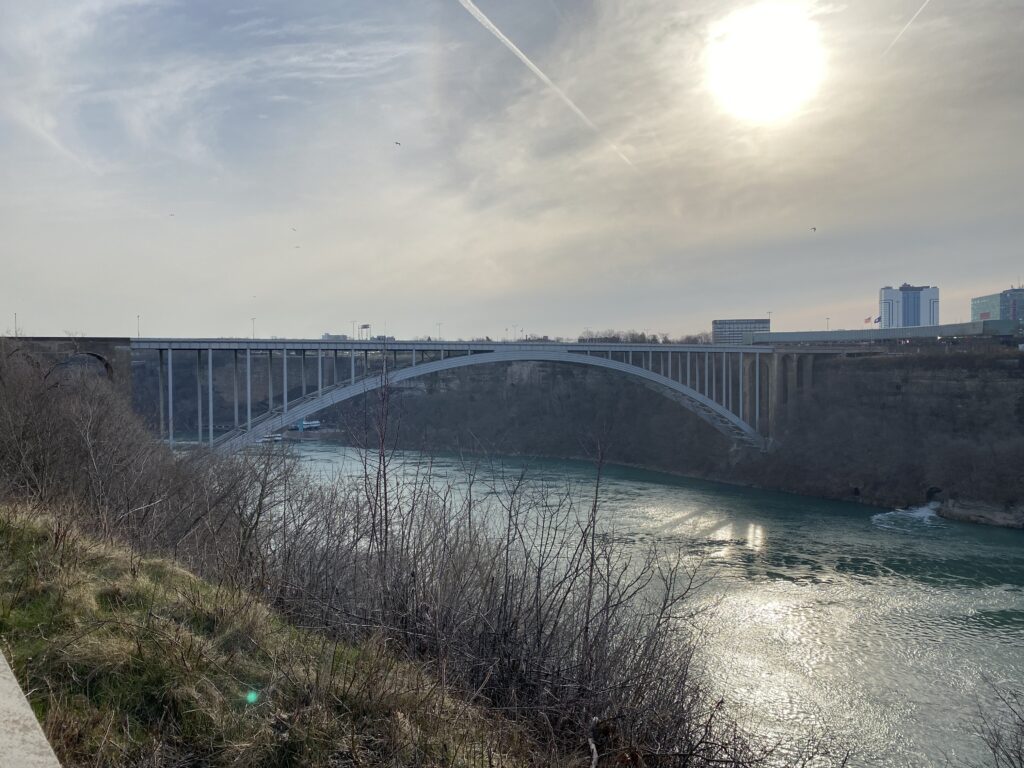
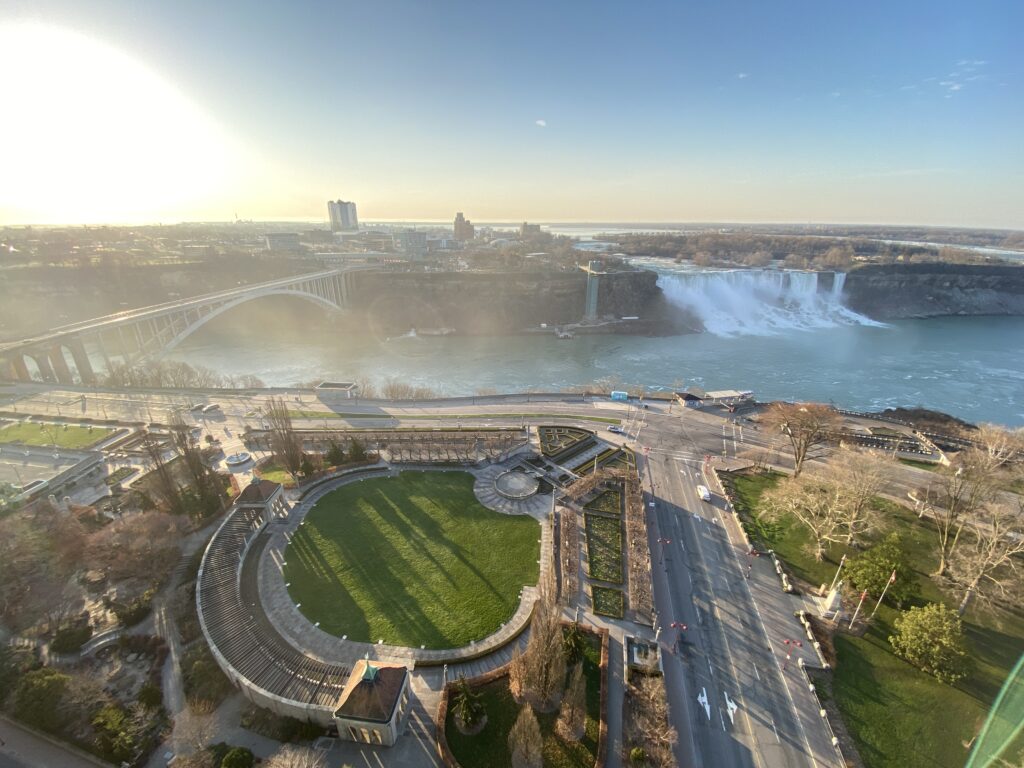
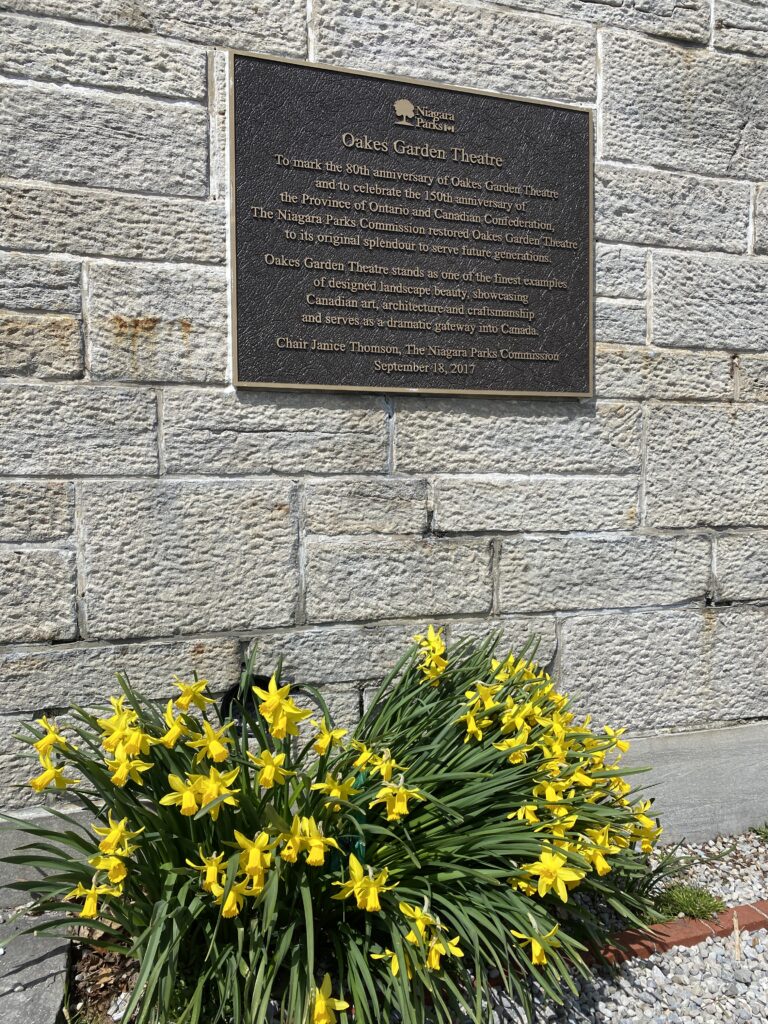
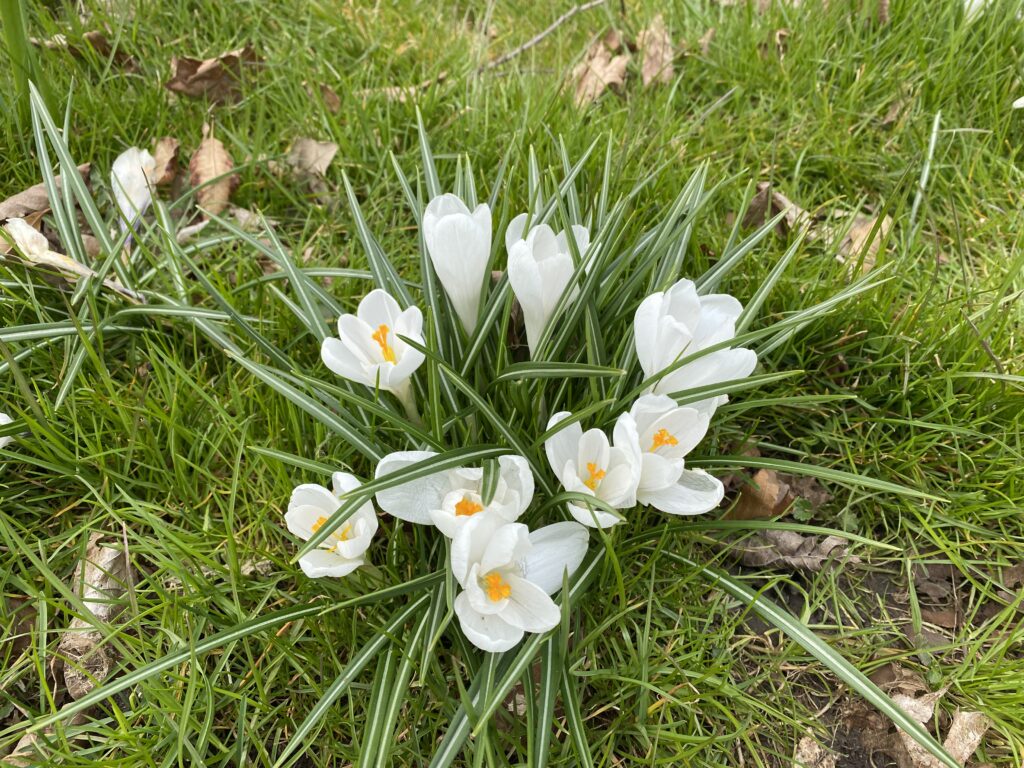
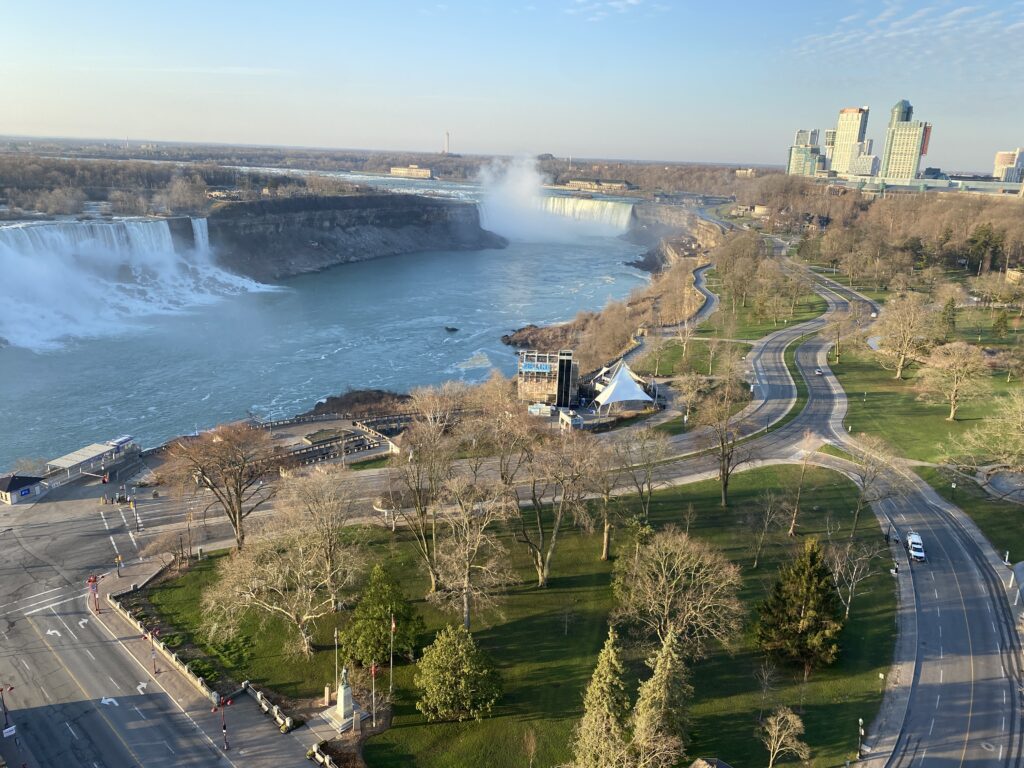
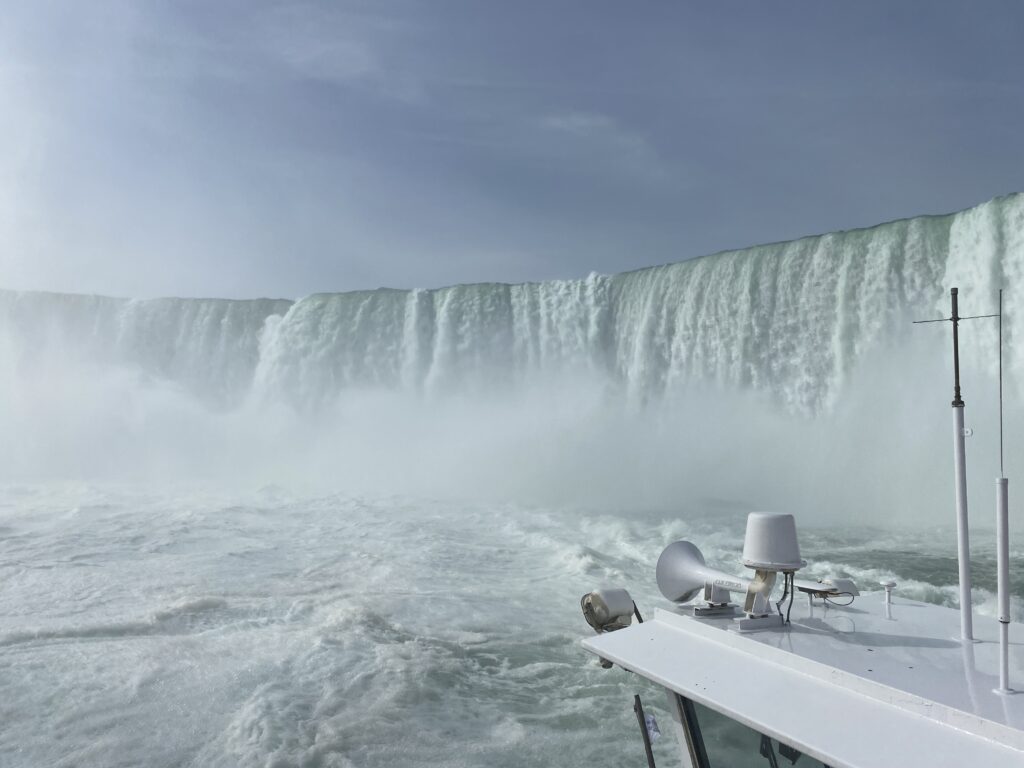

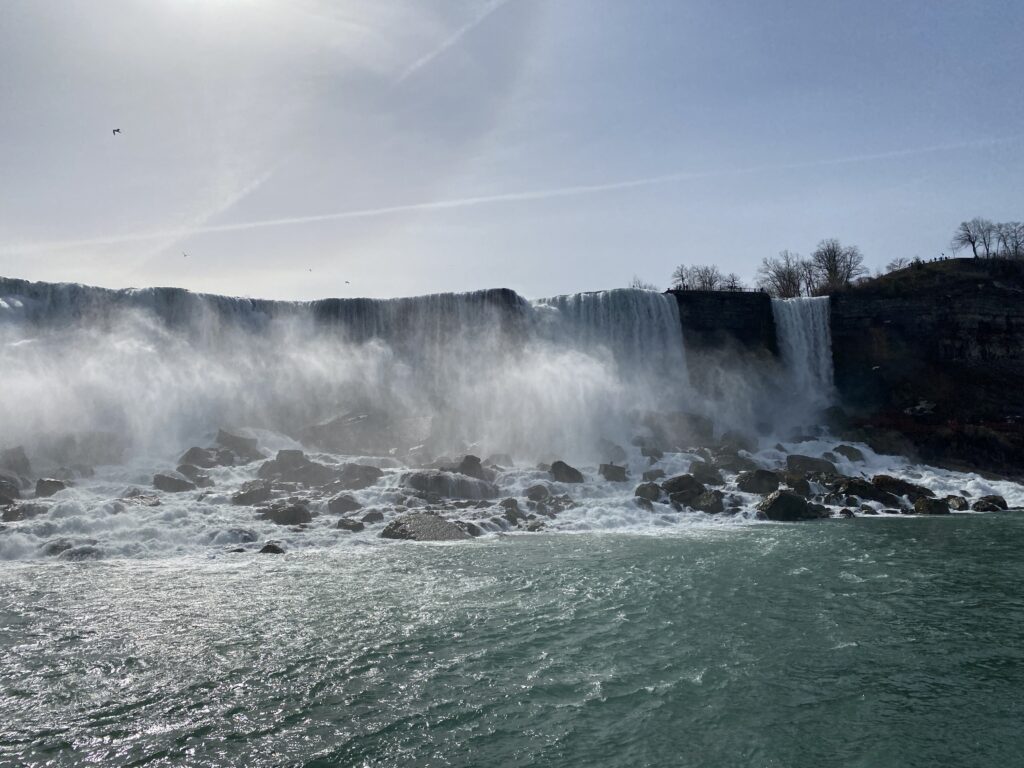
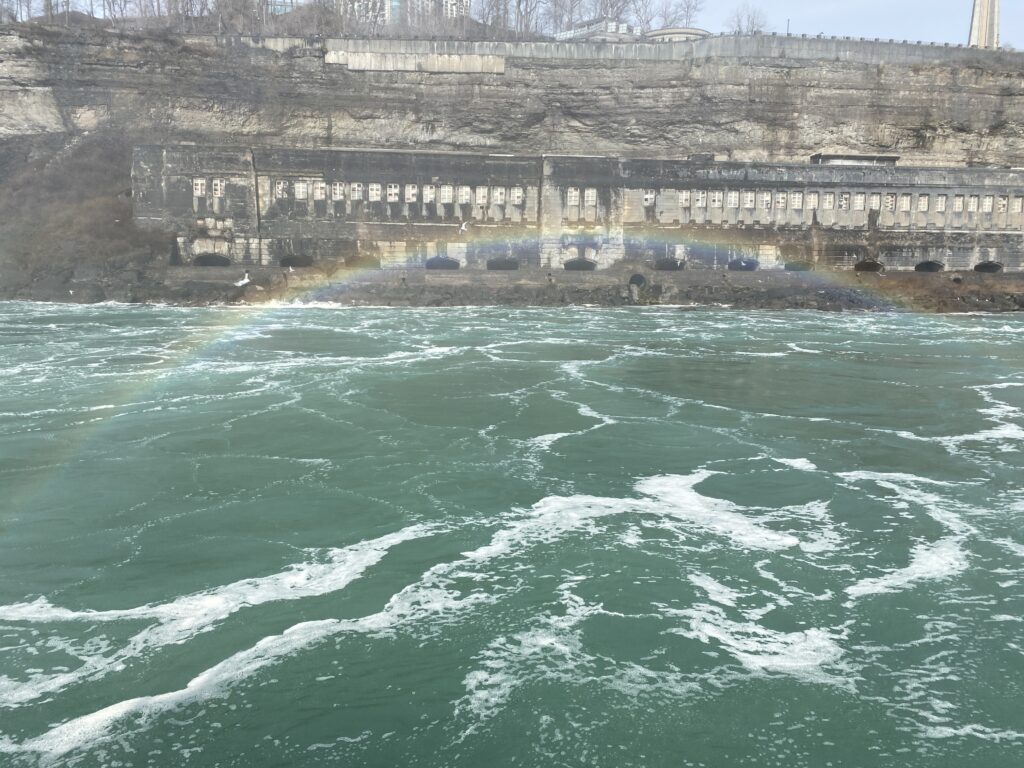
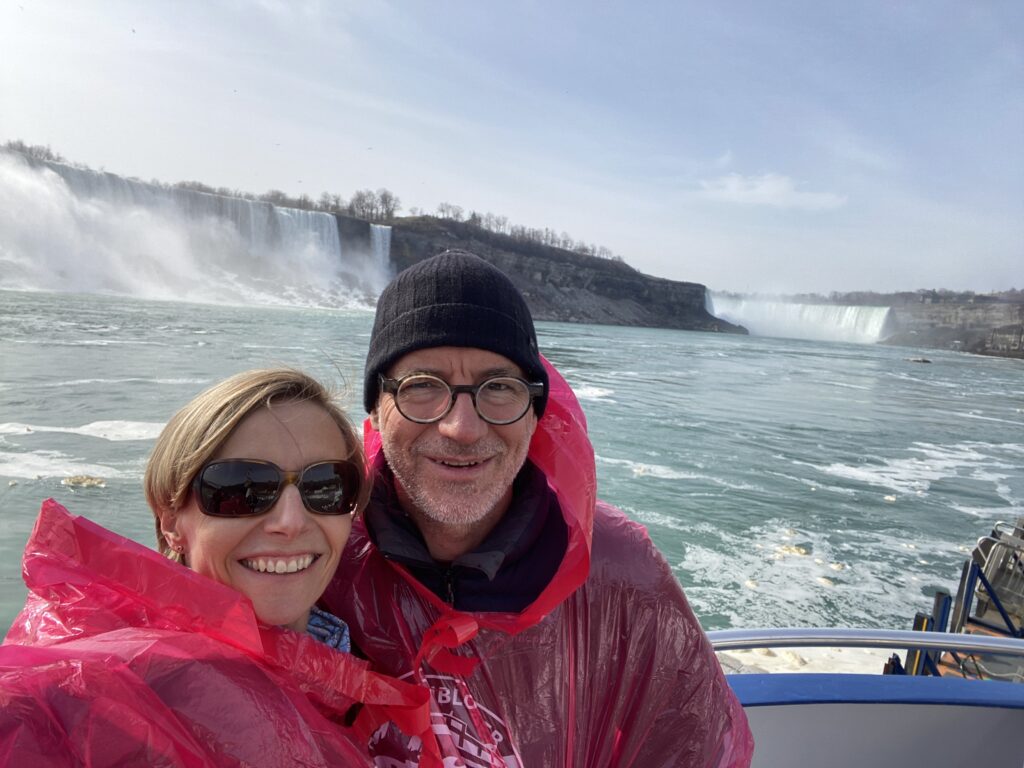
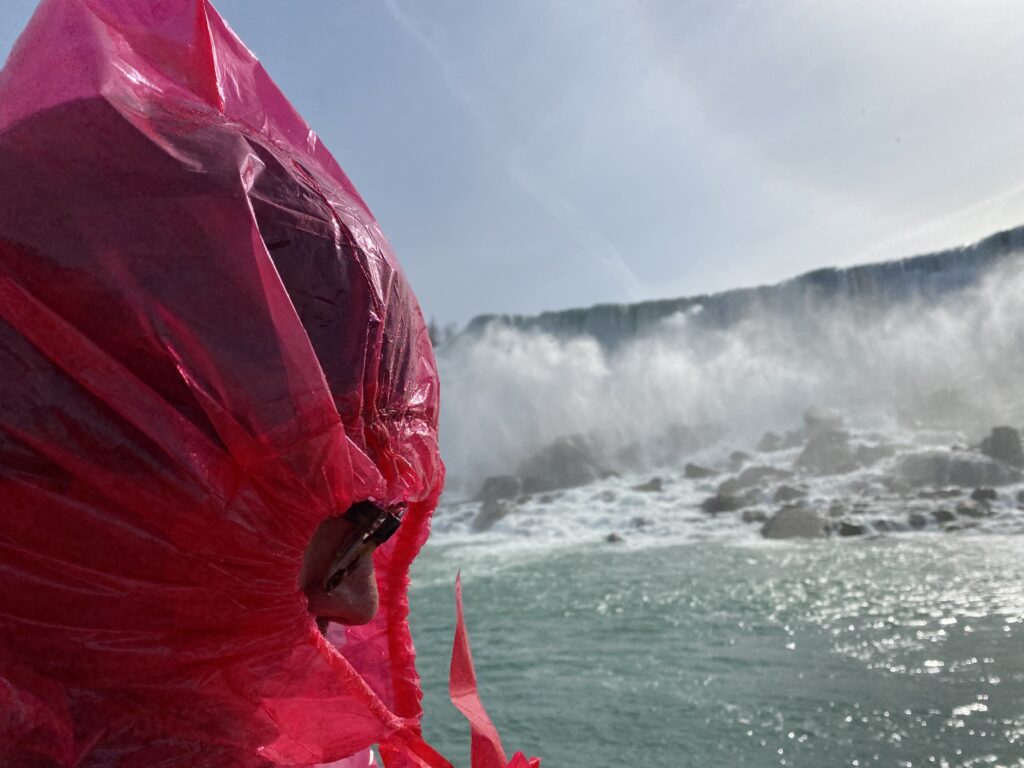
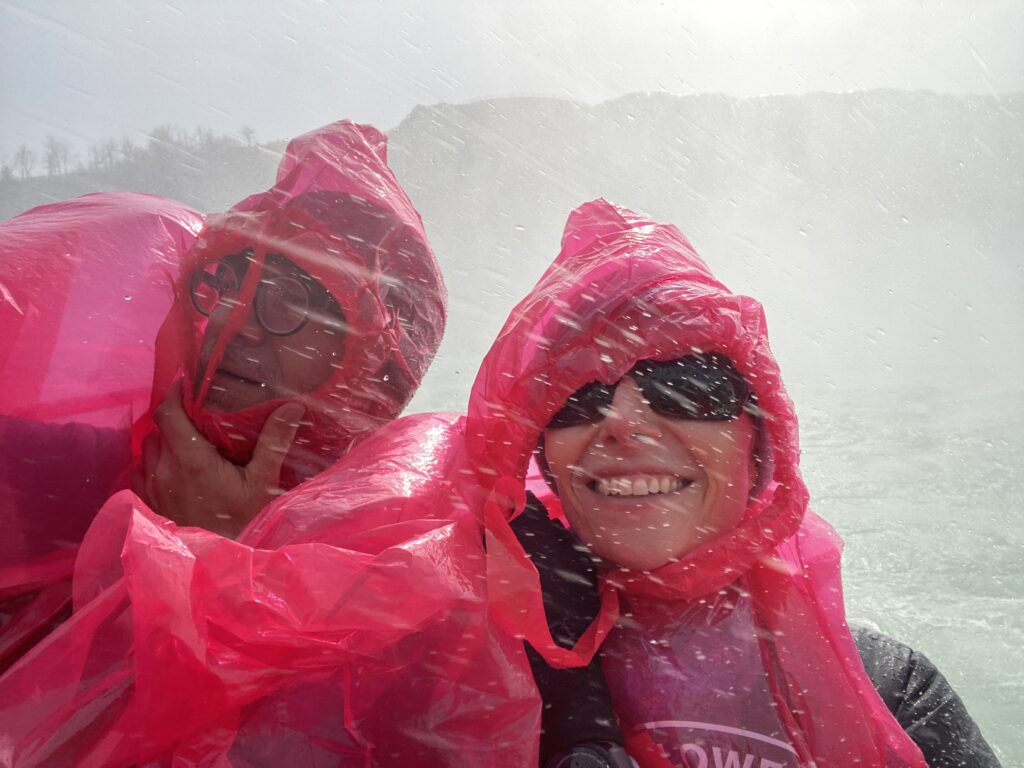
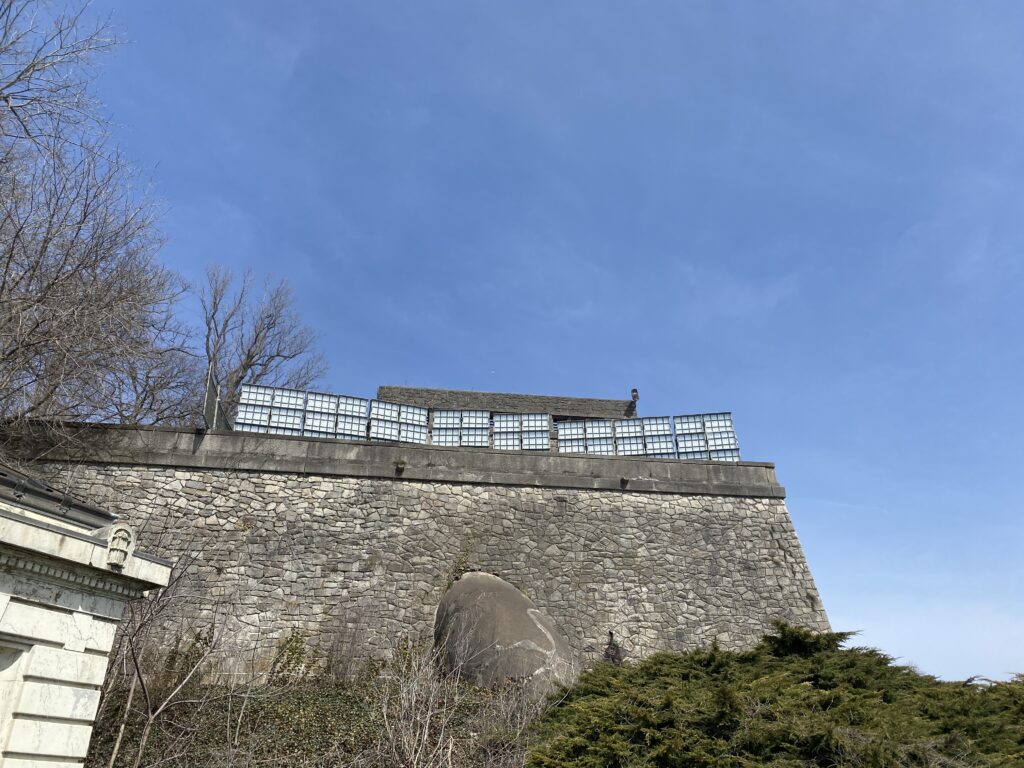
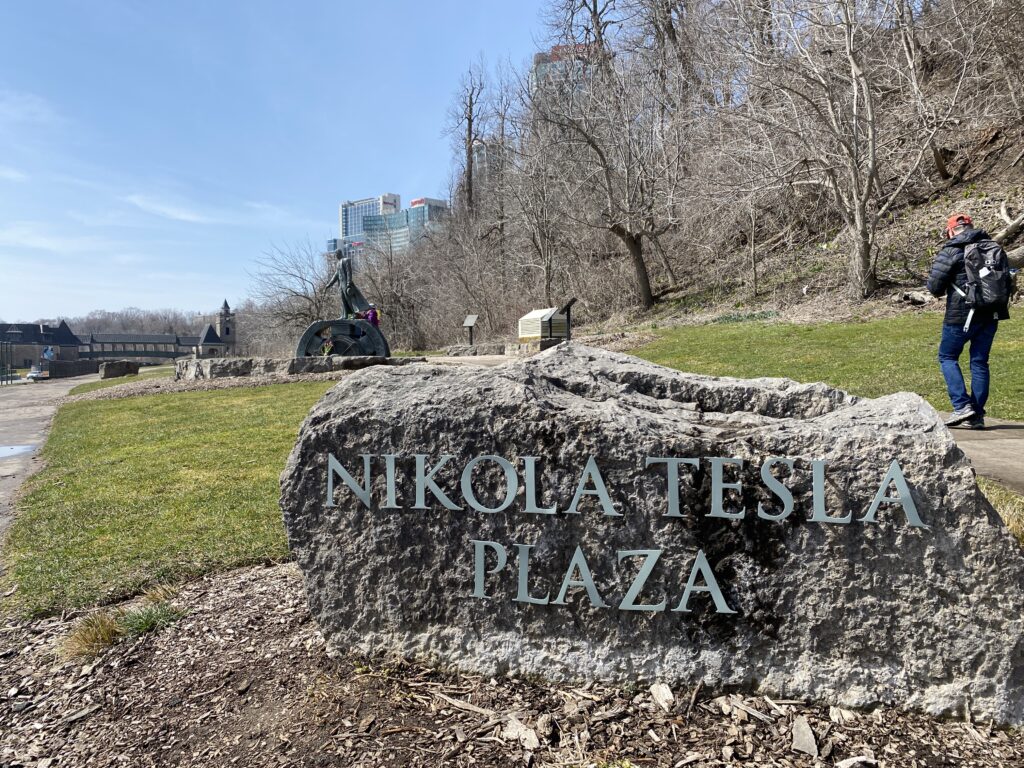
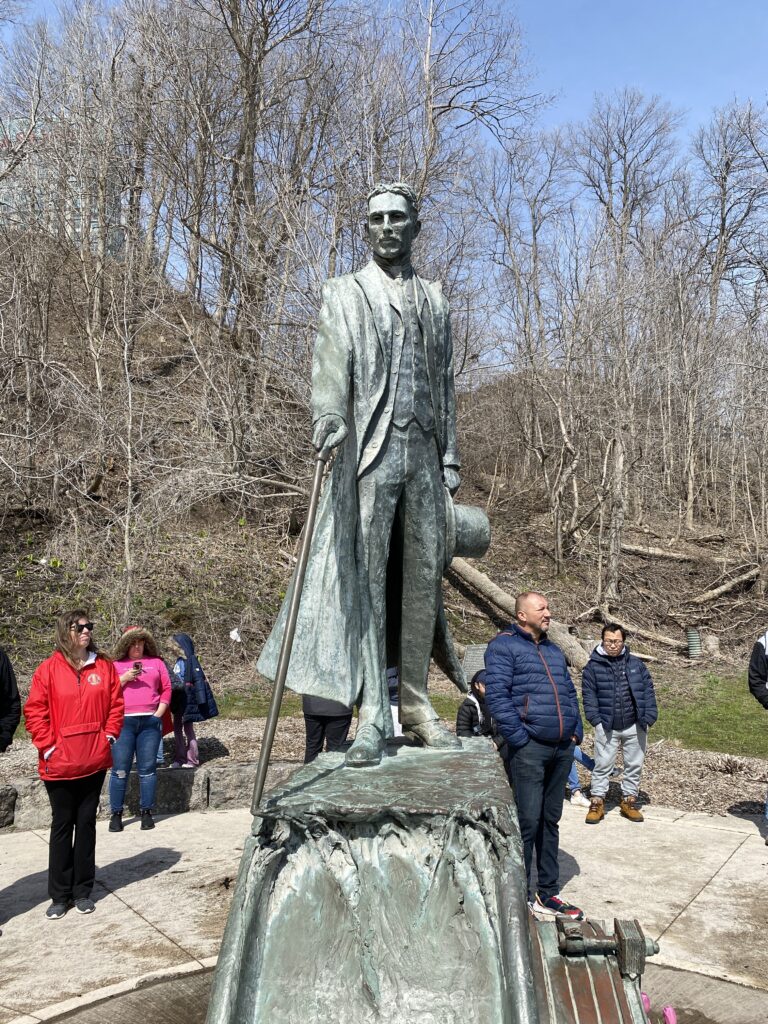
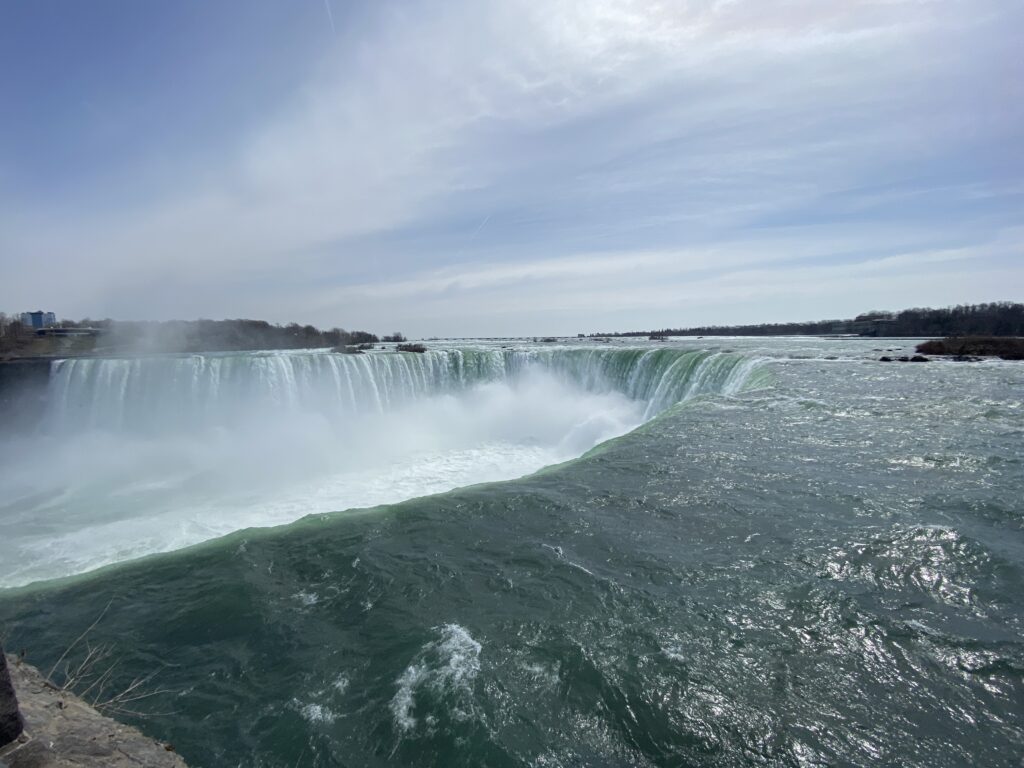
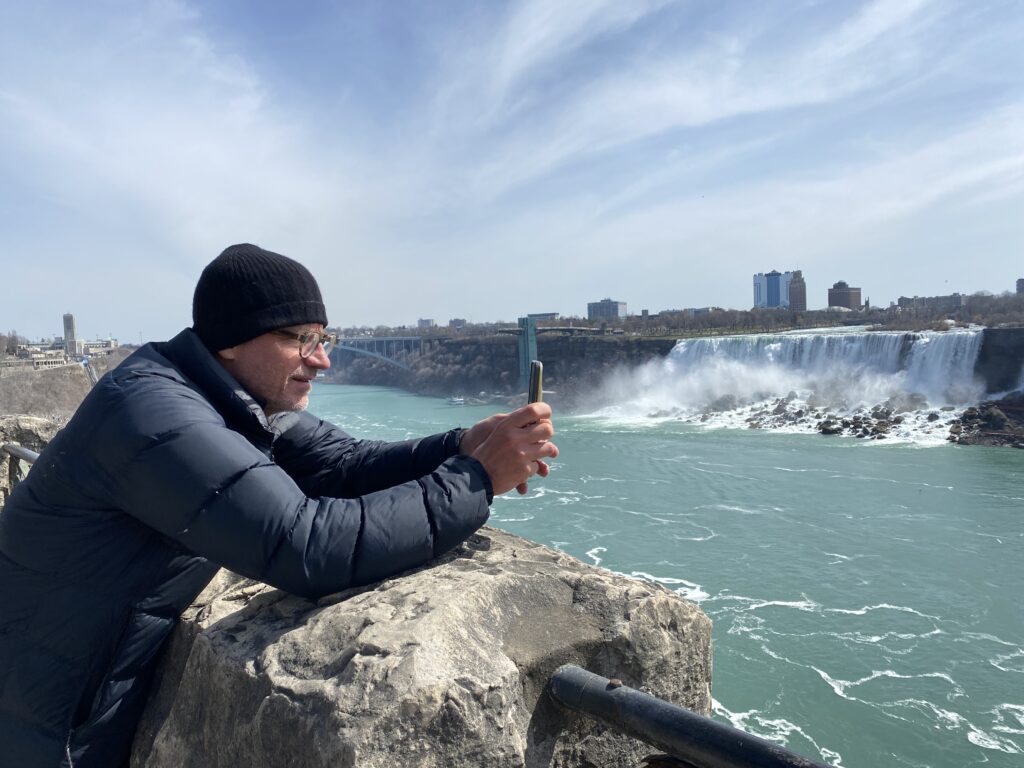
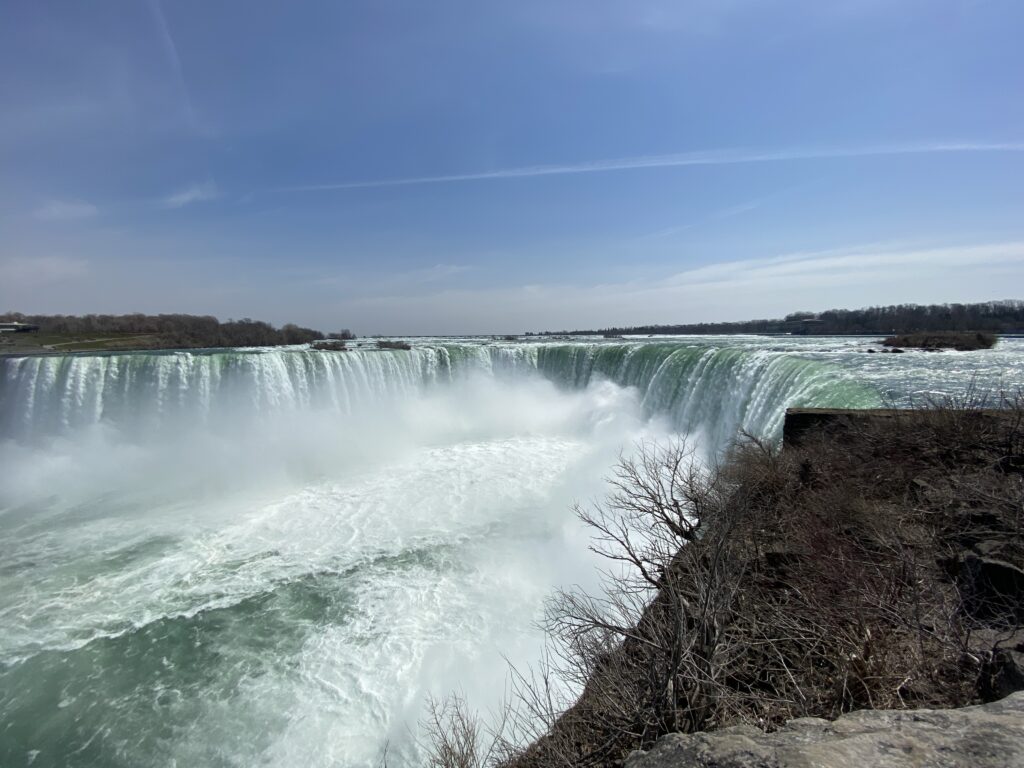
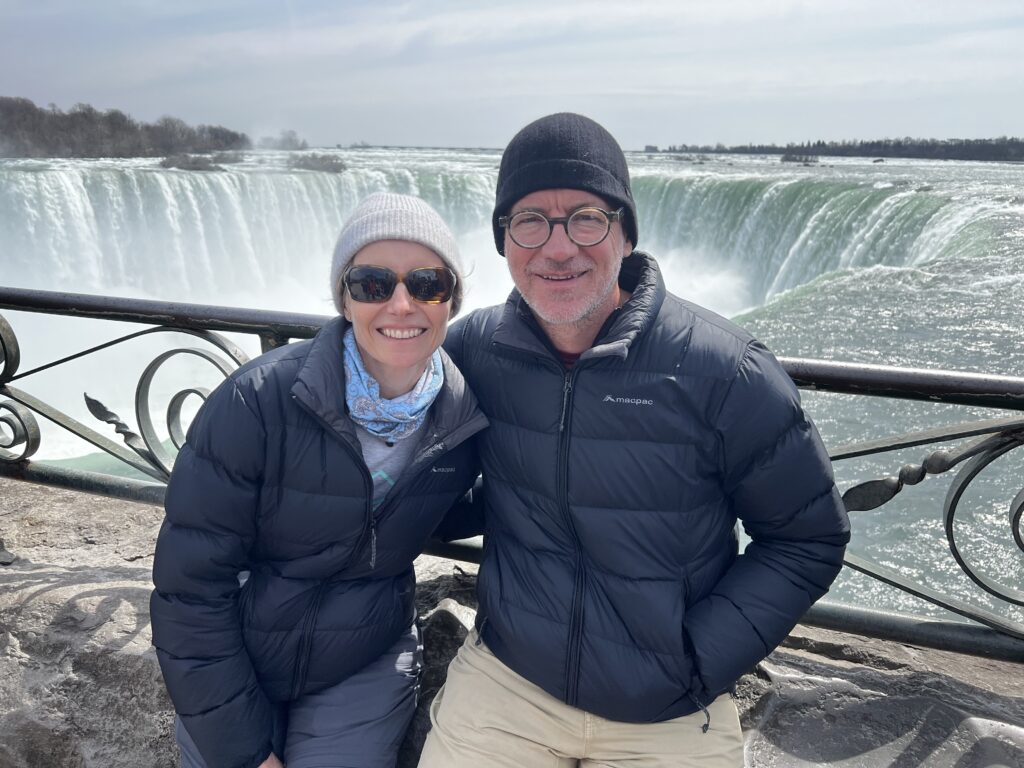
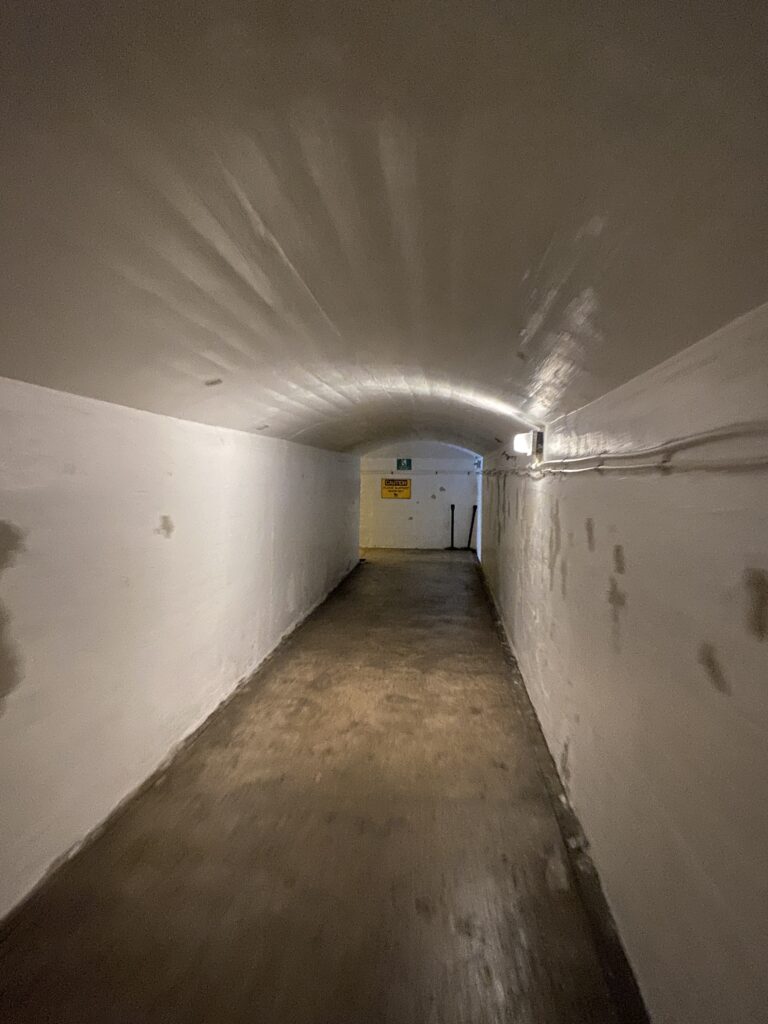
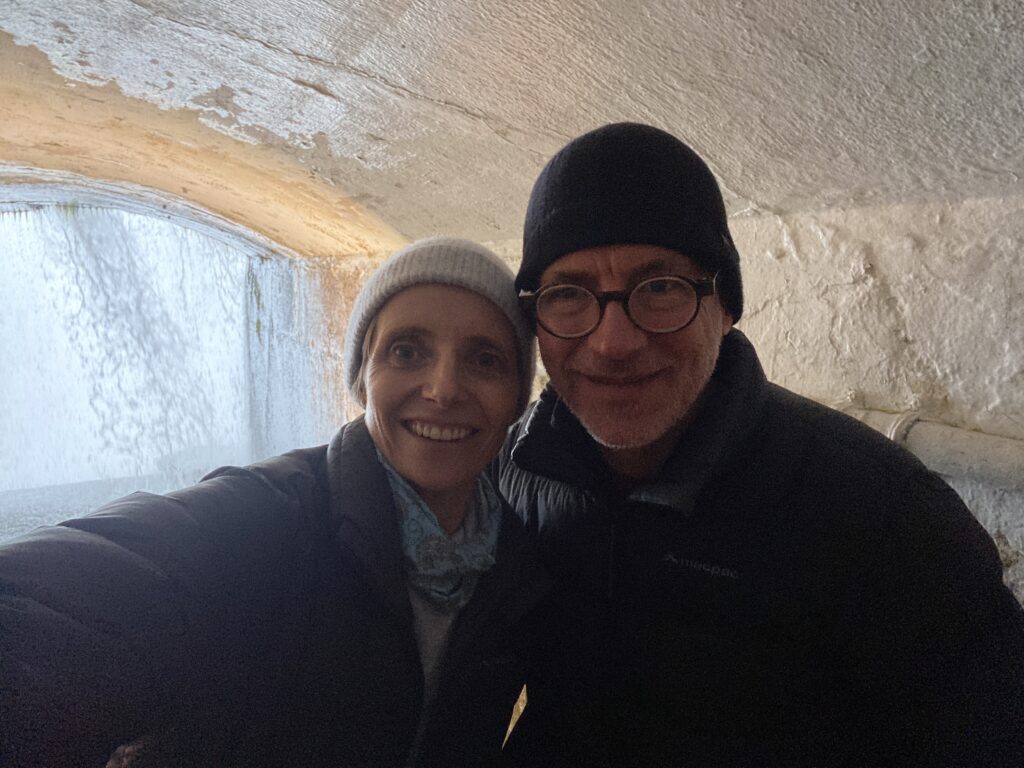
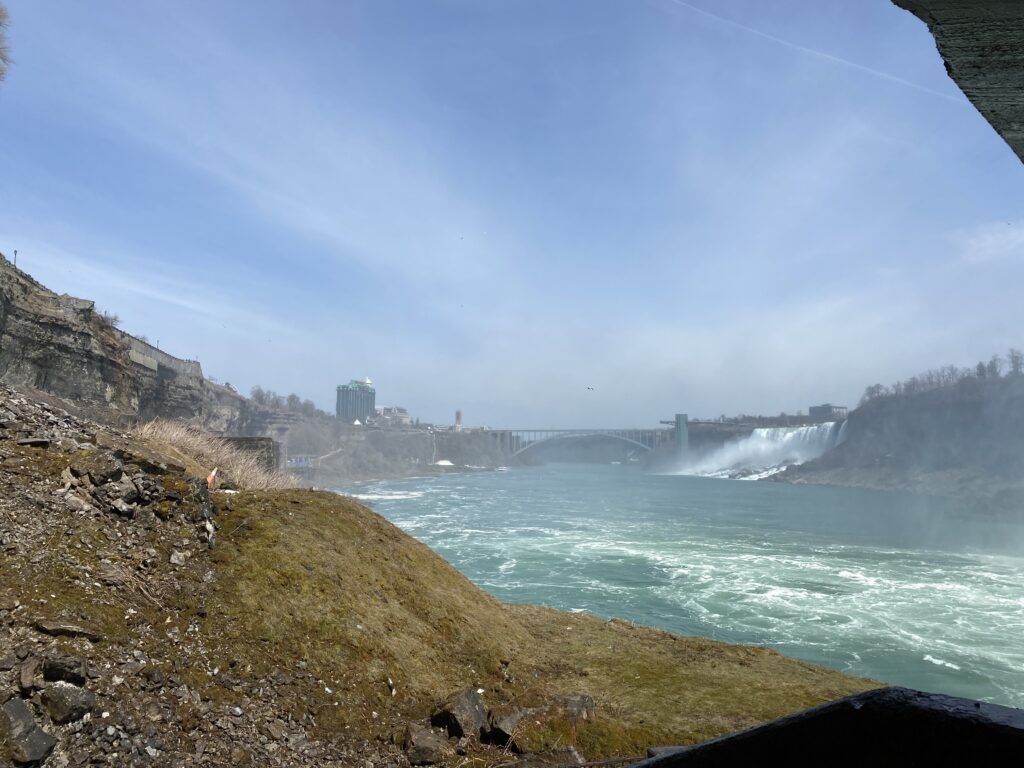
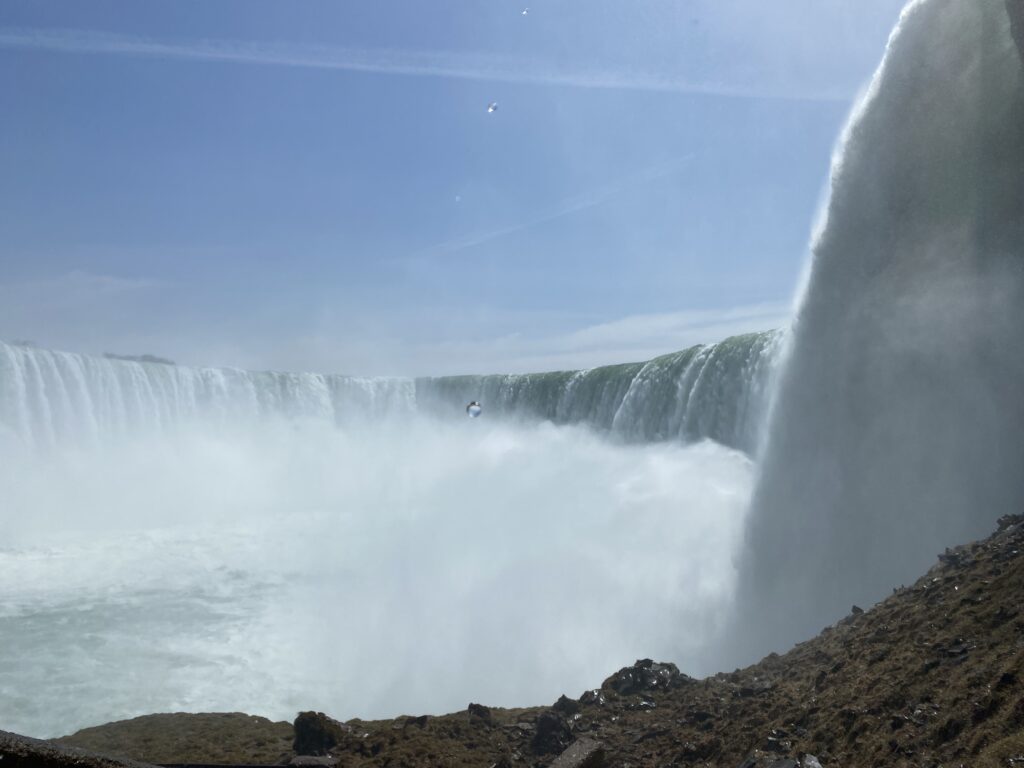
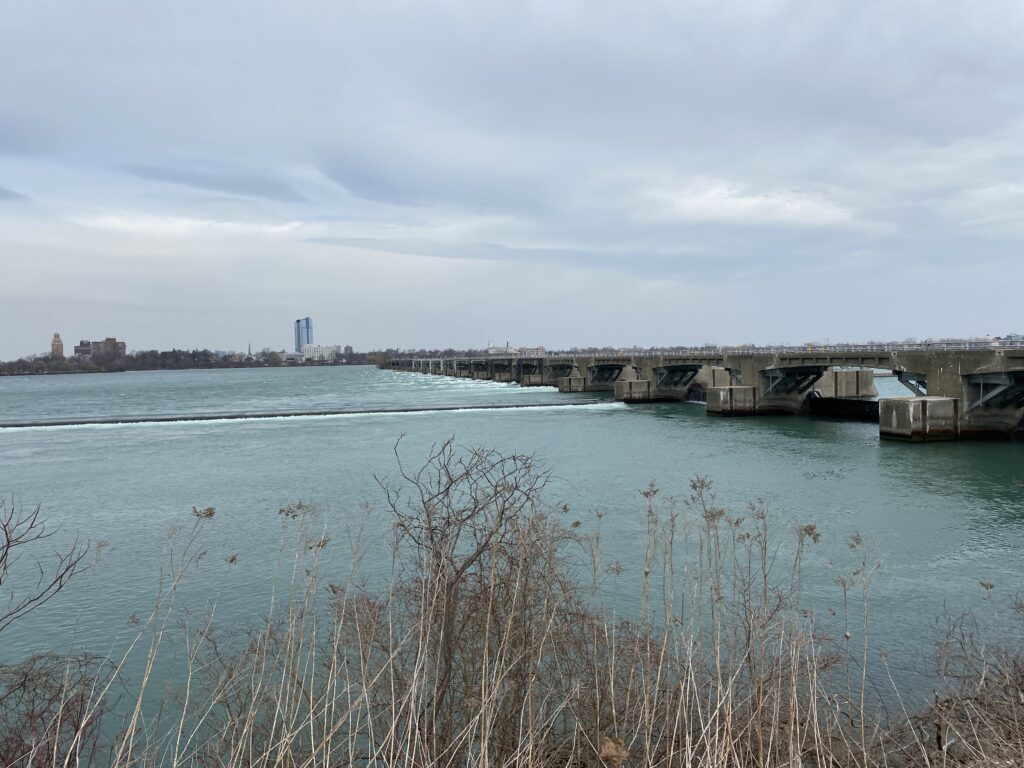
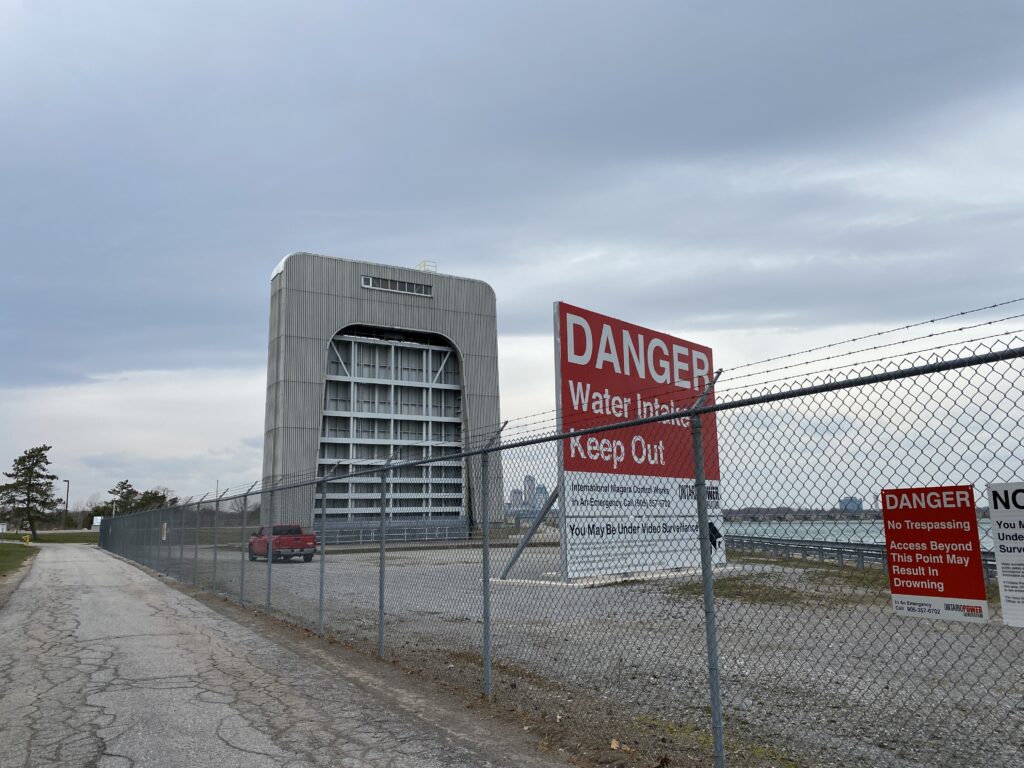
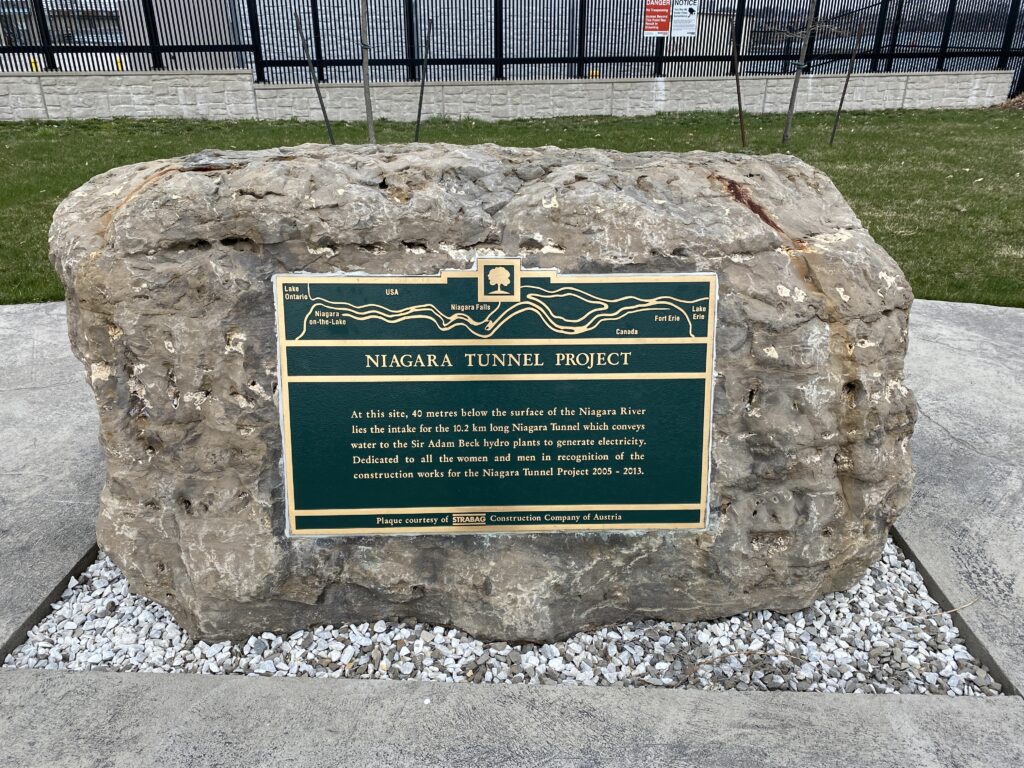
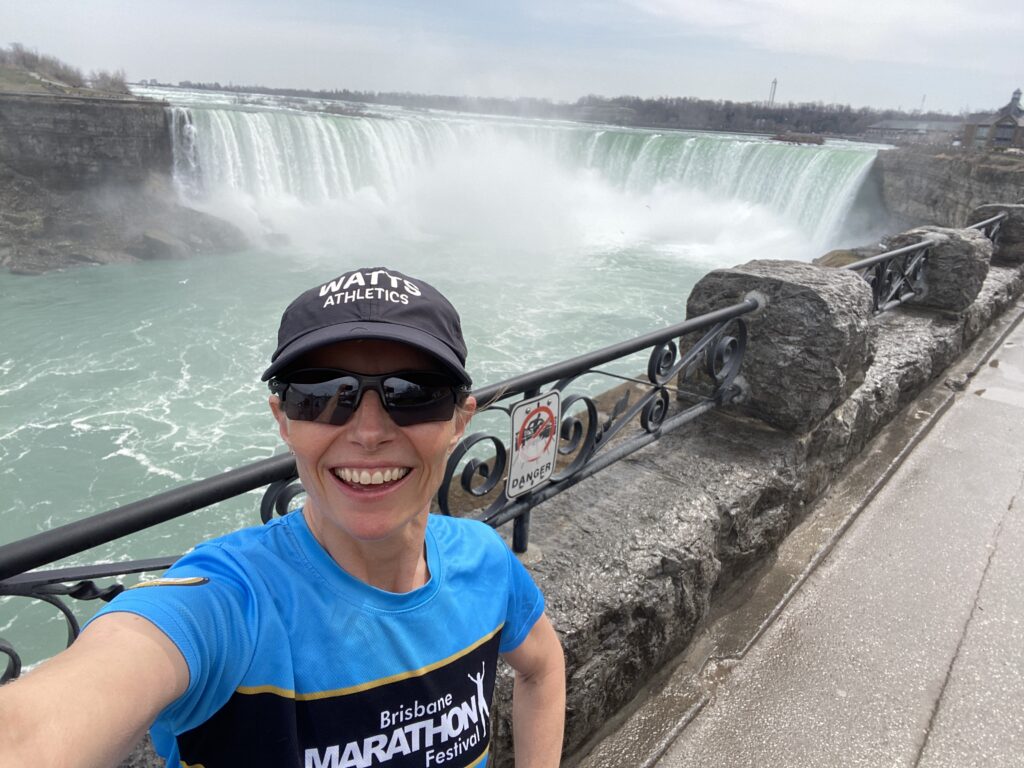
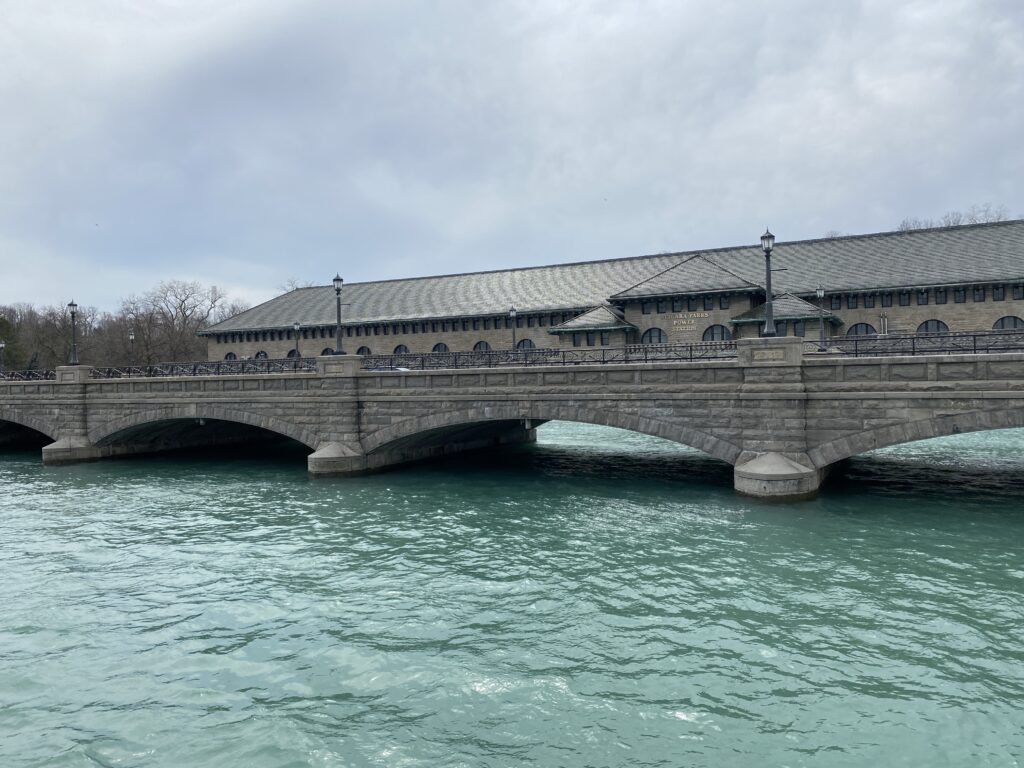
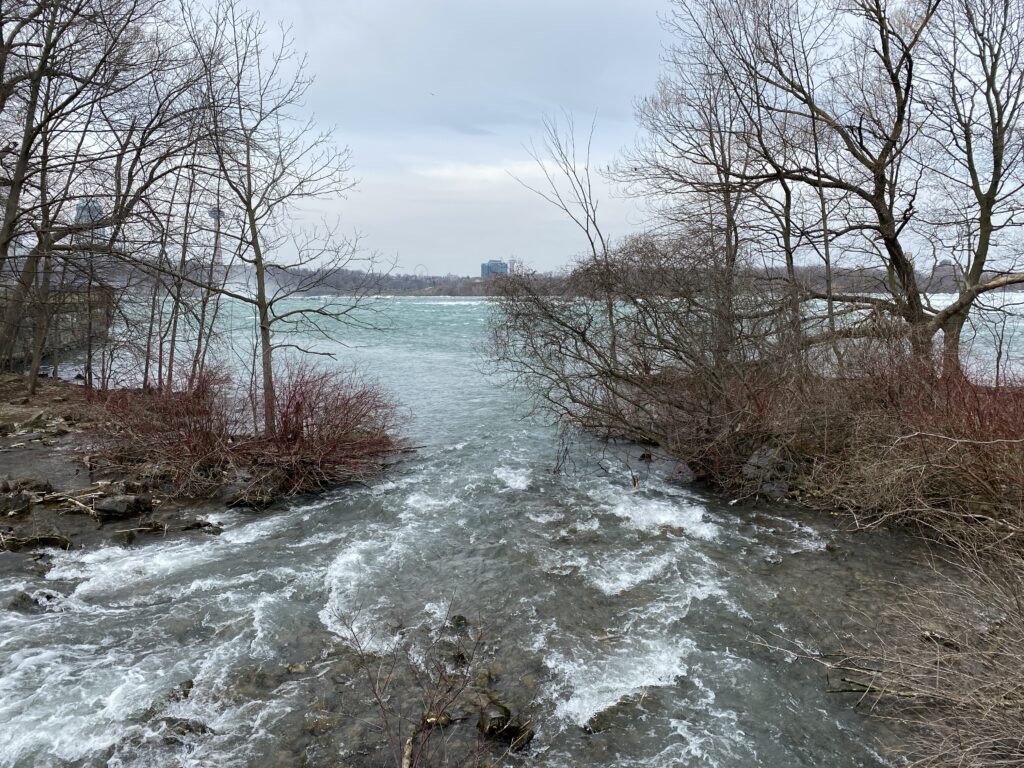
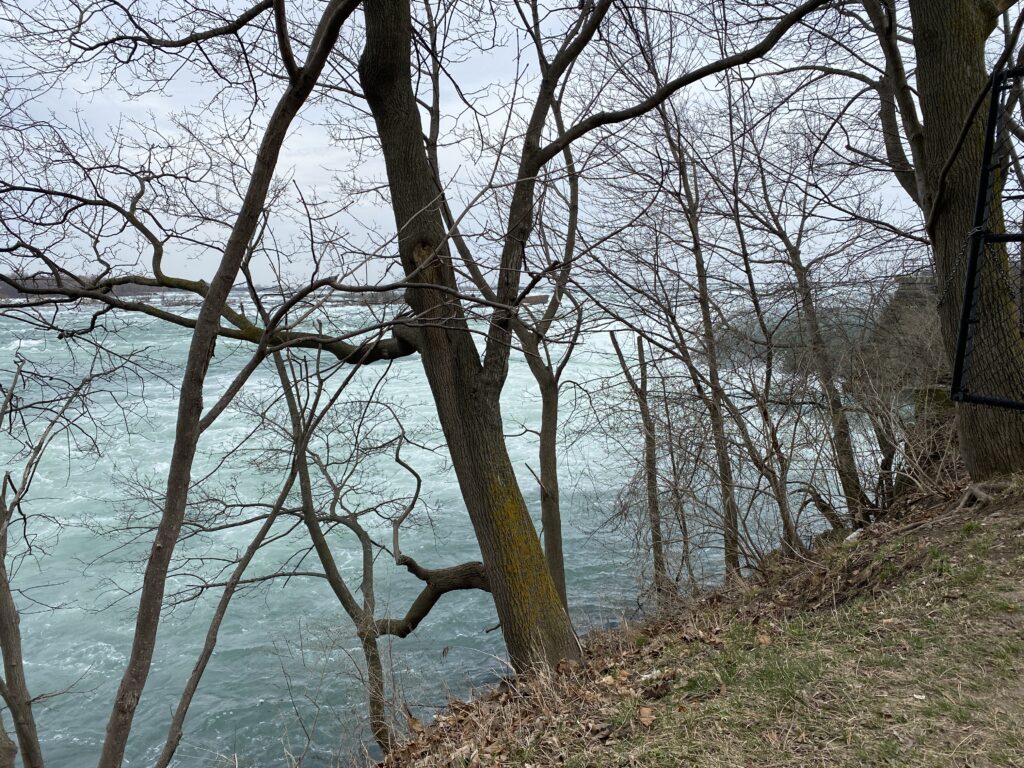

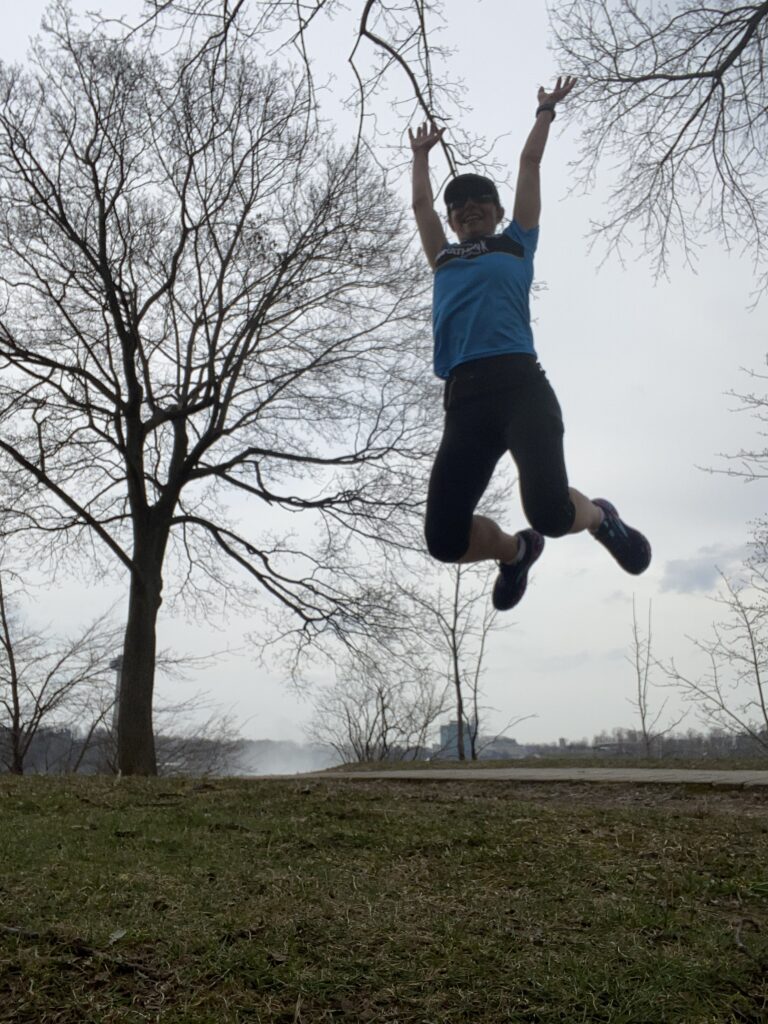

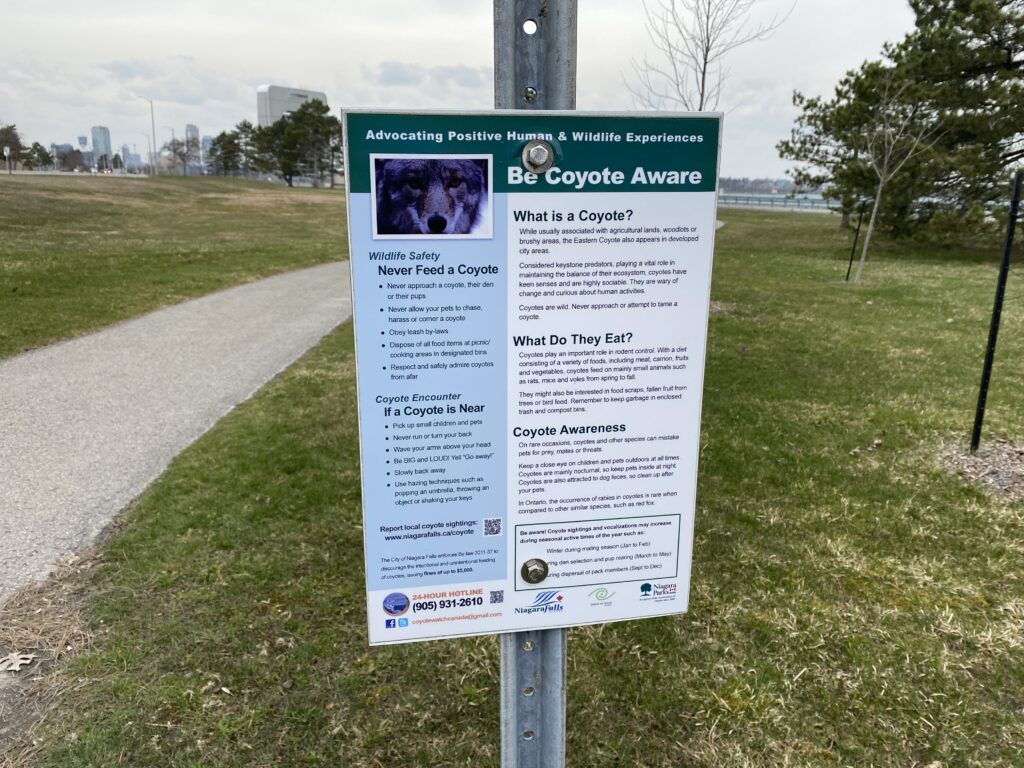
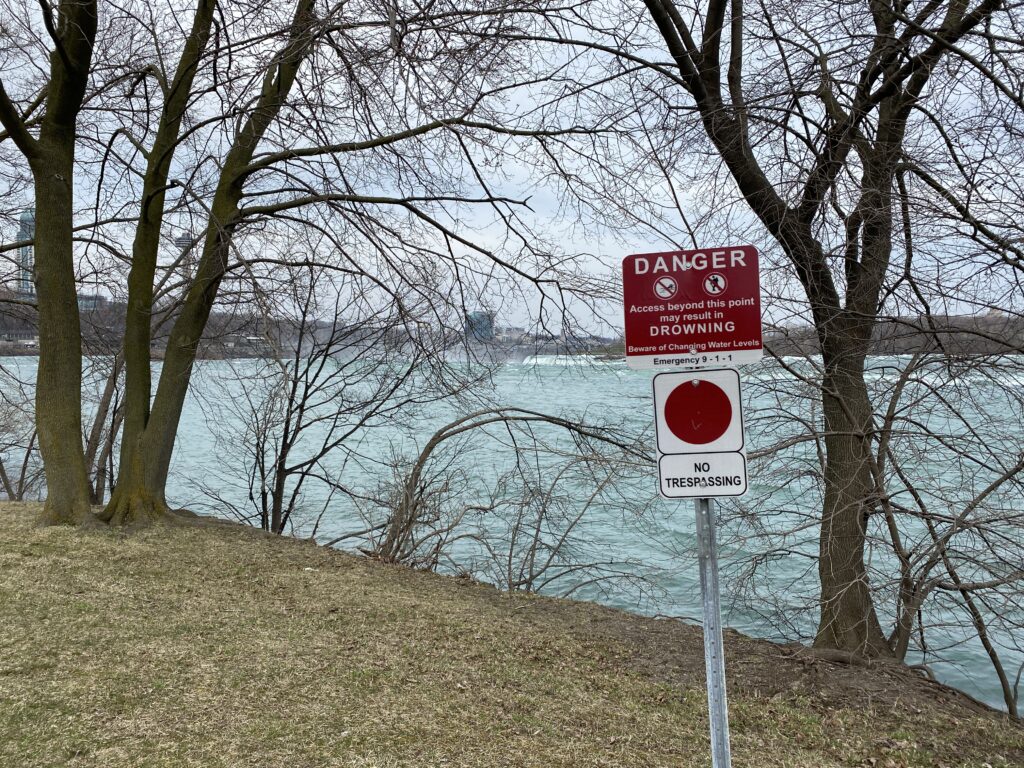
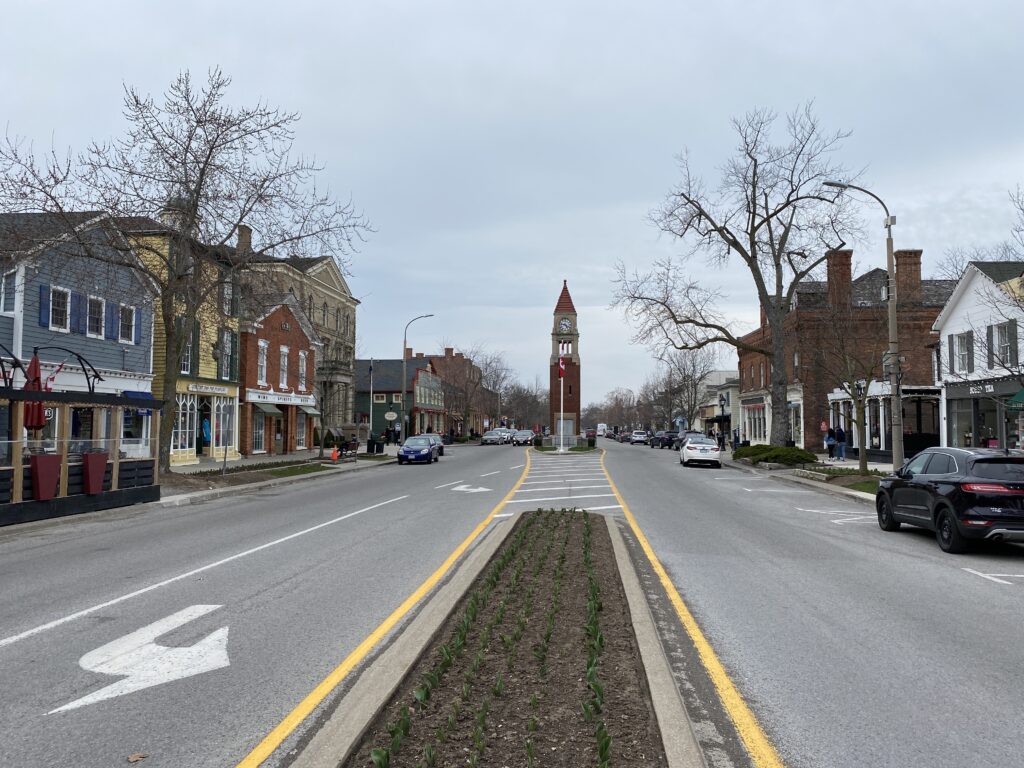
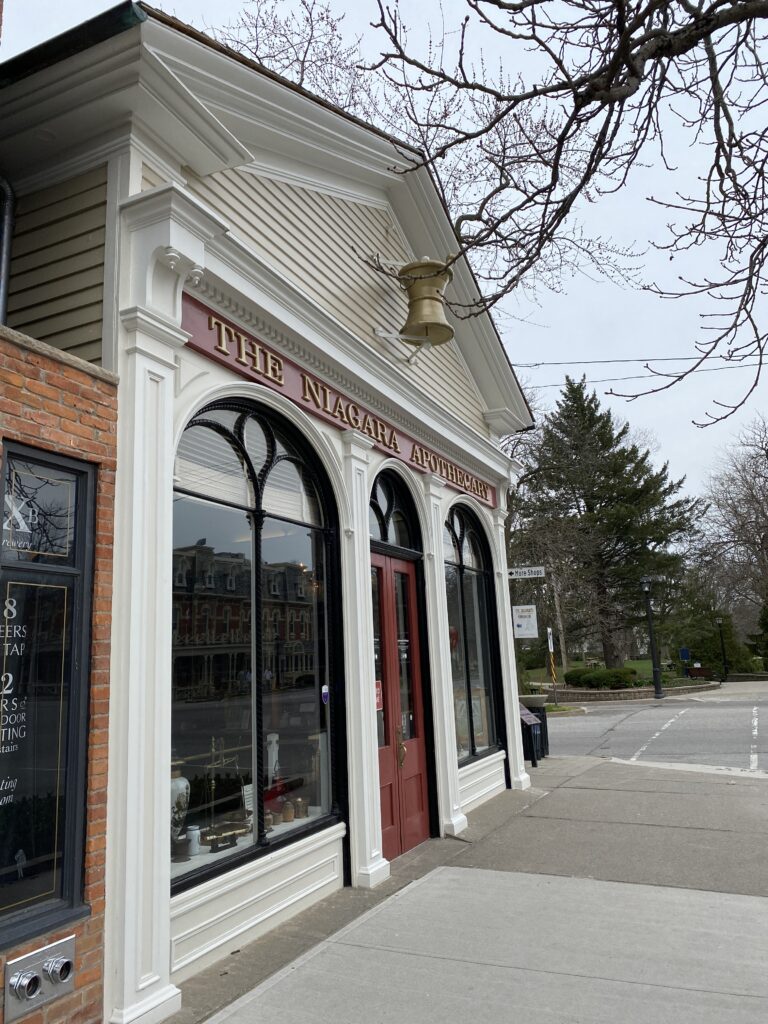
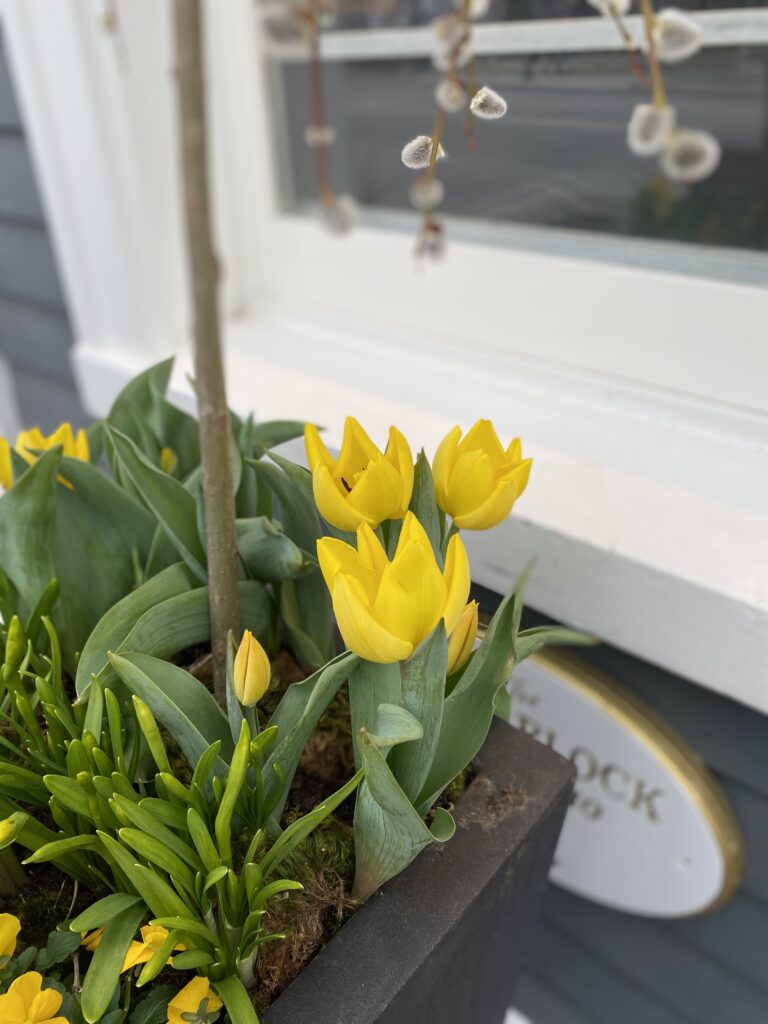
Comments are closed